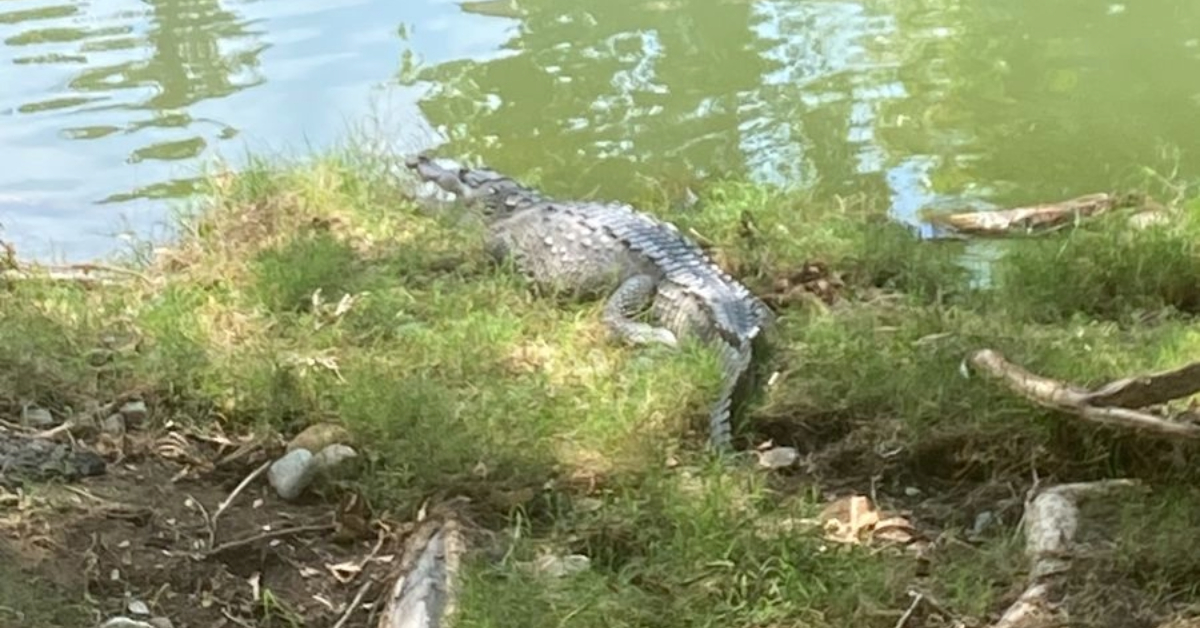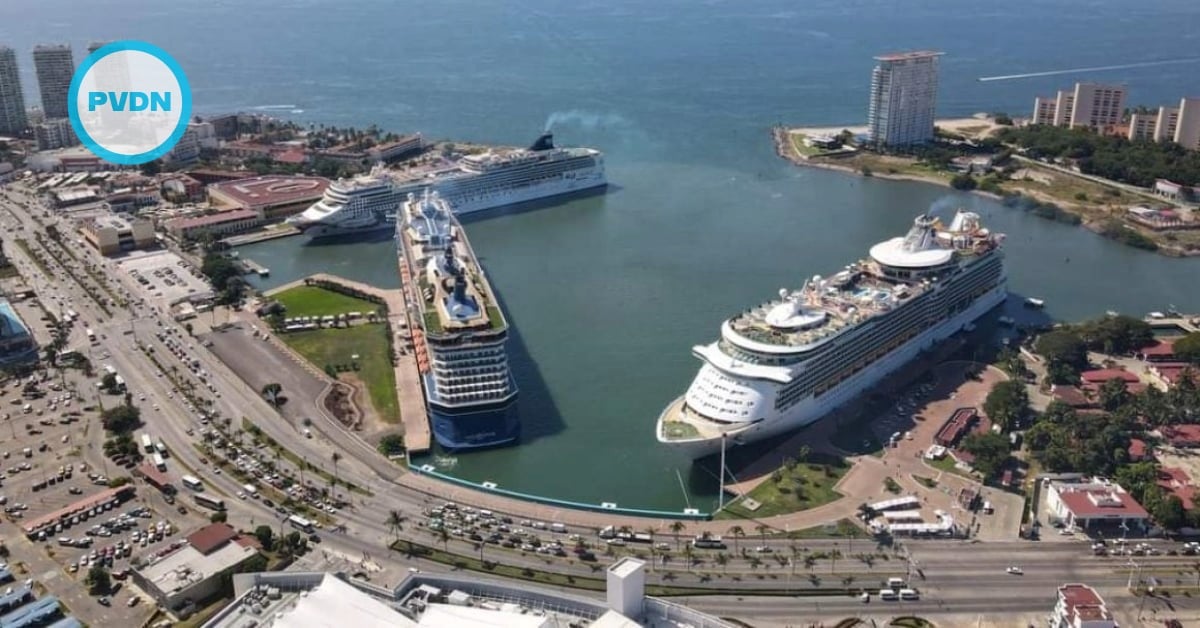Puerto Vallarta, Mexico — Today marks National Crocodile Day, a special occasion dedicated to acknowledging and protecting the vital role crocodiles play in our ecosystems. The Puerto Vallarta City Council has highlighted the importance of this day as an opportunity to learn more about these fascinating creatures, many of which live freely in the coastal municipality. As we commemorate this day, it also presents a chance for residents and visitors alike to observe these semi-aquatic reptiles in their natural habitat, especially during the rainy season when sightings become more frequent.






